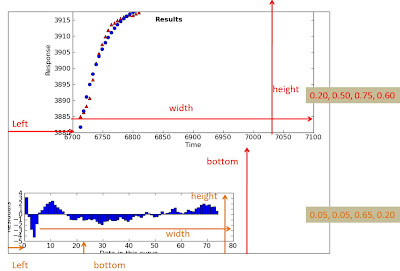This is an simple example of optparse, a command line parser in Python.
You can copy it and modify it free.
# Loading command line parser, this is better.
import optparse
# Loading basic libraries
import sys
# This is command line parser setting
usage = "Usage: #pprog [options] arg"
parser = optparse.OptionParser(usage)
# You can add the options in the following format
parser.add_option('-o', '--output',
dest="output_filename",
default="default.out",
help="Given a output",
)
parser.add_option('-i', '--input',
dest="input_filename",
default="default.in",
help="Given a input",
)
parser.add_option('-v', '--version',
dest="version",
default=1.0,
type="float",
help="Show the version",
)
parser.add_option('-d', '--debug',
dest="debug",
default=False,
action="store_true",
help="Debug mode, all information will be printed in debug.out",
)
parser.add_option('-g', '--graphic',
dest="graphic",
default=False,
action="store_true",
help="Graphic mode, print the result in graphic",
)
options, remainder = parser.parse_args()
# This is main function
# if no option print help()
if len(sys.argv) == 1:
parser.print_help()
# if we have more than one option, print option table
if len(sys.argv) > 1:
print 'ARGV :', sys.argv[1:]
print 'VERSION :', options.version
print 'INPUT :', options.input_filename
print 'OUTPUT :', options.output_filename
print 'DEBUG :', options.debug
print 'GRAPHIC :', options.graphic
# Then you can use the options to setting your variables and parameters
Reminder #1
if you use the function, "defualt", on your options.debug, you won't get the options.debug == None, because options.debug will have a defualt.
So you are impossible to use if statements to get options.debug == None.
If you need the if statements to check options.debug == None, you have to remove the function, options.default.
 Let's see the different one. You should understand how to control it.
Let's see the different one. You should understand how to control it.